Introduction:
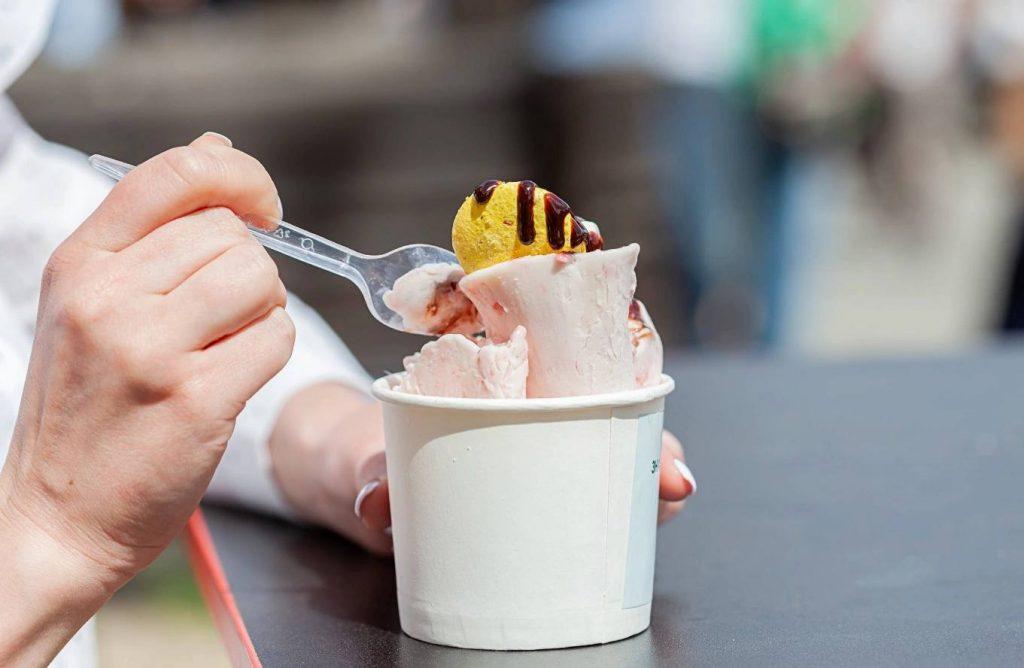
What can I eat after tooth extraction? Is a common question asked by many individuals. In this article, we have broken down what you can start eating after tooth extraction.
Please ensure to read this article to the end, because we also included What Can’t You Eat After Tooth Extraction?
Please take note that, when approaching eating, it’s essential to chew on the opposite side of your mouth from the area being treated if you have a blood clot in your mouth.
It’s also recommended not to use a drinking straw at first because you’ll be consuming more water than solids. The suction of the straw might remove the blood clot, extending your overall healing period.
You should only eat soft foods and beverages for at least 24 hours after your tooth extraction. When you feel safe, you can gradually return to a more typical diet. For a few days, ensure to eat foods that are easy to chew. And this article contains helpful tips to get you started.
If you later have any questions to ask us, please feel free to use the comment form below.
What Can I Eat After Tooth Extraction?
1. Mashed Potatoes

They have just 150 calories per potato/serving and are low in fat and high in potassium. These calories are also not worthless, they provide excellent vitamins and minerals. So potatoes are an excellent food to include in your diet both nutritionally and calorically.
After having a tooth extracted, mashed potatoes are an excellent dish to consume. In addition to being soft, it is also nutrient-rich, which may aid in healing. Additionally, potatoes are a substantial root food that rapidly makes you feel full.
According to a health research by the NYU Langone Medical Center, each cup of mashed potatoes contains 622 milligrams of potassium, or 13% of the daily necessary amount. In addition to nourishing your muscles and neurons to enable muscular contraction, potassium also aids in preserving the fluid equilibrium in your body.
Additionally, eating mashed potatoes increases your pyridoxine, or vitamin B6, consumption. Your metabolism is supported by vitamin B-6 because it stimulates more than 100 enzymes, including those that break down proteins, lipids, and carbohydrates.
2. Cottage Cheese

Cottage cheese is a creamy, lumpy, soup-like substance made from curdled milk that has a mild taste. It is also referred to as whey and curds. Instead of pressing the cheese to form cheese curds, it is manufactured from cow’s milk by draining the cheese, which keeps part of the whey and keeps the curds loose.
Low in calories and rich in vitamins and minerals is cottage cheese. While you are healing after a tooth extraction, it is simple to chew and swallow since it is soft and creamy. In addition, cottage cheese has a lot of protein, which may help with wound healing.
Calcium, a mineral essential to the health of teeth and bones as well as the prevention of osteoporosis, is a nutrient that may be found in abundance in cottage cheese. Additionally, it aids in blood pressure control and may possibly help prevent some diseases, including prostate cancer.
In addition to calcium, cottage cheese is an excellent source of selenium, a mineral needed for healthy, young skin. It is a fantastic source of vitamin D as well.
3. Smooth Ice Cream

Ice cream is one of the first foods a patient should seek for after a tooth extraction if they do not have sensitive teeth. Because ice cream has a soft texture and a cold temperature, even the sorest mouths can usually tolerate it.
In fact, it is so cold that it frequently has an excellent anti-gum-swelling effect. The ideal option is soft serve ice cream, but keep in mind that candy toppings like sprinkles might slip into the healing gums and lead to oral issues. Make sure the ice cream is smooth, please.
It seems that vitamin K, which inhibits blood clotting, is present in ice cream. Do not overlook the niacin, thiamine, and riboflavin that are also present in ice cream. Ice cream is a fantastic source of energy in addition to having nutritional benefits.
Two essential minerals may be found in ice cream. It contains roughly 10% of the adult recommended daily allowance (RDA) for calcium and phosphorus in a single, half-cup dose, making it unusually high in these minerals. Strong, healthy bones are supported by both calcium and phosphorus.
4. Applesauce
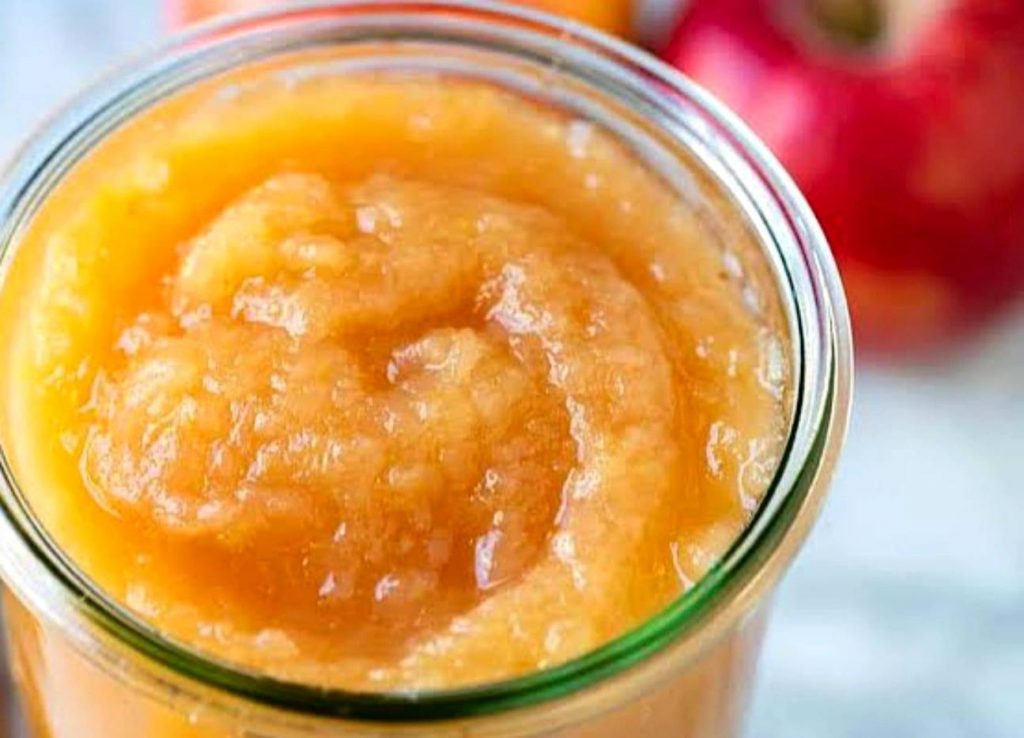
A purée made of apples is known as apple sauce or applesauce. Both peeled and unpeeled apples can be used, and it can also be spiced or sweetened. In North America and several regions of Europe, apple sauce is extensively consumed and is also affordable.
Following tooth extraction, applesauce is a wise choice since it will provide fiber to your diet. You could try mashed potatoes, mashed sweet potatoes, scrambled eggs, porridge, pancakes, broth-based soups without significant amounts of meat, etc. But it should be after the first day.
It is also a fantastic meal to eat if your mouth is recuperating from a painful surgical wound. Just be careful not to consume the pouches of applesauce, since doing so may result in dry sockets if you just had a tooth extracted.
Phytochemicals, or anti-oxidants, are present in apple sauce. Your risk of diabetes, heart disease, and cancer may be decreased with the aid of these antioxidants. Making fresh applesauce using the entire fruit—including the skin—ensures that you get the maximum amount of antioxidants.
It provides a variety of nutrients. According to the University of Rochester Medical Center, applesauce contains trace levels of several vitamins and minerals, including vitamin C, potassium, calcium, magnesium, phosphorus, and folate.
5. Greek Yogurt
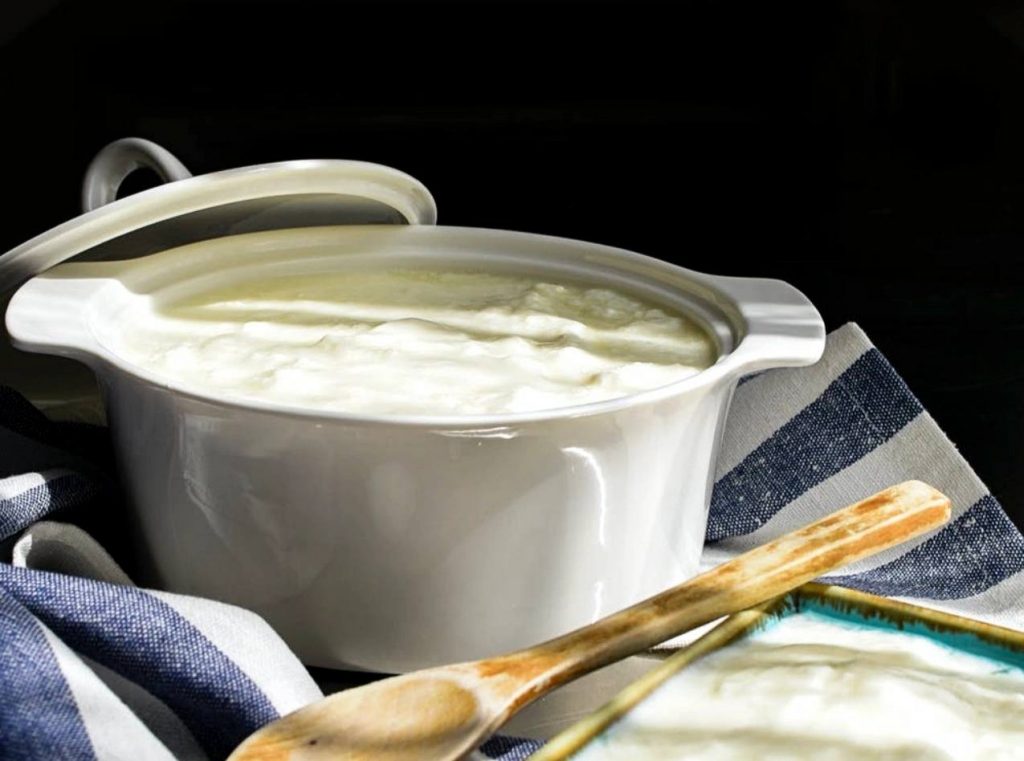
Greek Yogurt is rich and high in protein and calcium.
A meal called yogurt is created when bacteria in milk ferment. Yogurt cultures are the microorganisms that are used to manufacture yogurt. These bacteria ferment milk sugars into lactic acid, which reacts with milk protein to give yogurt its distinctive acidic texture and flavor.
Eat as much protein-rich food as you can because it helps with healing. Additionally, yogurt has a creamy texture that makes it simple to eat after having a tooth extracted. And the best yogurt to take after tooth extraction is greek yogurt.
Protein may aid in accelerating the healing process. Yogurt also contains calcium and zinc, and the variety of tastes might help you avoid becoming bored by eating the same things over and again after surgery.
Protein, calcium, vitamins, living cultures, or probiotics, which help improve the gut flora, can all be found in high concentrations in yogurt. These may protect teeth and bones and guard against stomach issues. On a plan to lose weight, low-fat yogurt can be a helpful source of protein.
You can maintain the beneficial bacteria in your GI tract by eating yogurt every day. It is because of these beneficial bacteria that the health of the stomach and immune system is improved.
6. Milkshakes

A milkshake is a sweet drink that’s produced by combining milk, ice cream, and flavorings or sweeteners like butterscotch, caramel sauce, chocolate syrup, fruit syrup, or whole fruit into a thick, sweet, and chilly liquid.
Milkshakes and smoothies are a secure go-to meal when you’re recovering after an oral surgery like wisdom teeth extractions, as long as you’re not using a straw and simply eating with a spoon.
Milkshakes are nutritious because they provide your body with essential elements including protein, carbs, and vitamins and minerals.
In addition to the milk, milkshakes also include table sugar, which may easily give us the energy we need for good brain function. Fruit, a wonderful source of vitamins and dietary fiber for better digestion, can also be added to milkshakes.
Additionally, milkshakes naturally fill you up and keep you full for a very long time after drinking them, which aids in controlling appetite and reducing weight! The best thing is that it is a favorite of practically everyone and is incredibly simple to make!
7. Pudding
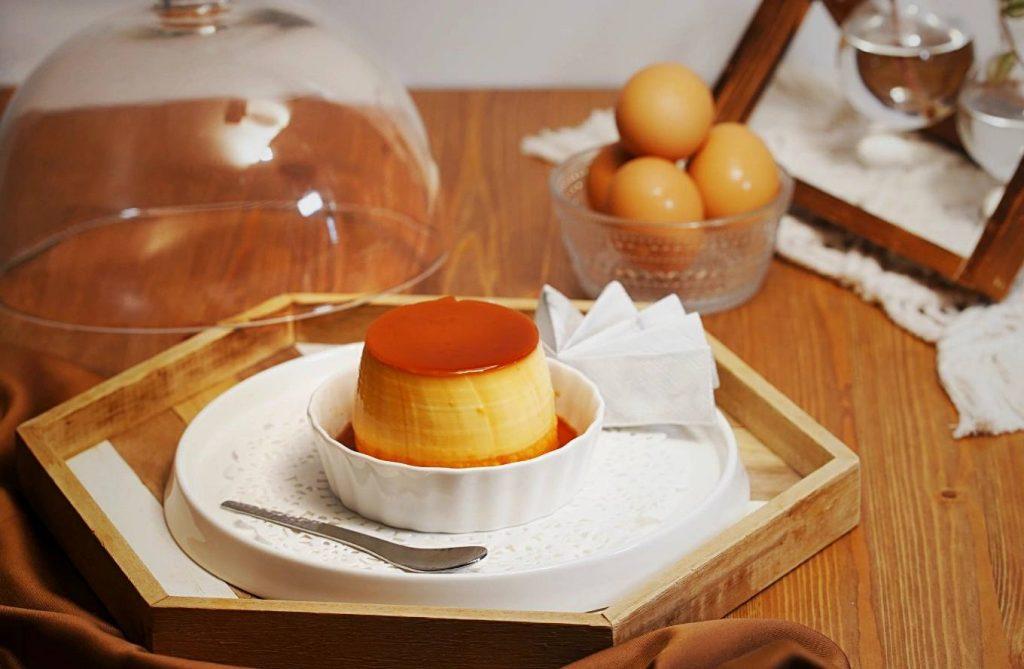
Pudding is a type of cuisine that can be either a dessert or a savory dish served with the main dish. It is still used to describe both sweet and savory foods in the United Kingdom and several Commonwealth nations.
Ice cream and pudding are OK after tooth extraction. Avoid using a straw entirely since the suction it causes might dislodge the clot covering your incision, causing discomfort and bleeding and further delaying recovery. For the same reasons, rinsing, swishing, gurgling, and spitting should be avoided.
Pudding is not only delicious, but it is also a good source of calcium for your body. Pudding needs vitamins and minerals to function properly. Vitamin D and magnesium are essential minerals for your body. They collaborate with calcium to improve bone structure and harden tooth enamel.
Due to the milk fats in them, puddings have a creamy texture and a smooth silky flavor that is essential for this sort of meal. Estonian milk pudding has just 2.22.3 grams of fat. This is the best option because puddings aren’t supposed to be fatty energy bombs.
Another Reading Suggestion
What Can’t I Eat After Tooth Extraction?
-
Seeds

These include things like beans, peas, and maize. However, they also include nuts including almonds, walnuts, and pecans. Also, oats, wheat, and rice seeds. This can be highly perplexing, but if we examine the components of the plants, it will likely become clearer. Foods containing seeds should be avoided following tooth extraction.
Avoid eating anything that might lodge in the wound, including popcorn. When recovering from tooth extraction, the following foods may be harmful: seeds, which may cause infection if they become lodged in the incision. gritty peppercorns and other spice leftovers.
You can resume your usual diet as soon as you feel comfortable, but for the next two weeks, please stay away from popcorn, nuts, chips, and seeds.
After 24 hours, it’s necessary to get back to your regular dental regimen. At least twice a day, you should wash your teeth as part of this. This will hasten the healing process and keep your tongue clean and fresh.
-
Chips

In general, consuming fried, fatty meals like chips and other similar items can result in an unhealthy diet, which can cause weight gain and have a detrimental impact on your health.
The B-complex vitamins B5 and B6 are among those found in chips, along with potassium. Additionally, they have trace levels of protein, fiber, and other nutrients.
When you can’t eat solid food after an extraction, it could be tempting to grab a snack, but be cautious.
Food items like cookies or chips might become stuck in the extraction site and delay recovery. Avoid eating chips and other meals with a crunchy texture.
Only soft meals are suggested because the area of your mouth undergoing the operation will be quite sensitive. Foods like applesauce and mashed potatoes are advised for about a week following wisdom teeth removal. No snacks like chips, candy, etc.
-
Raw Vegetables
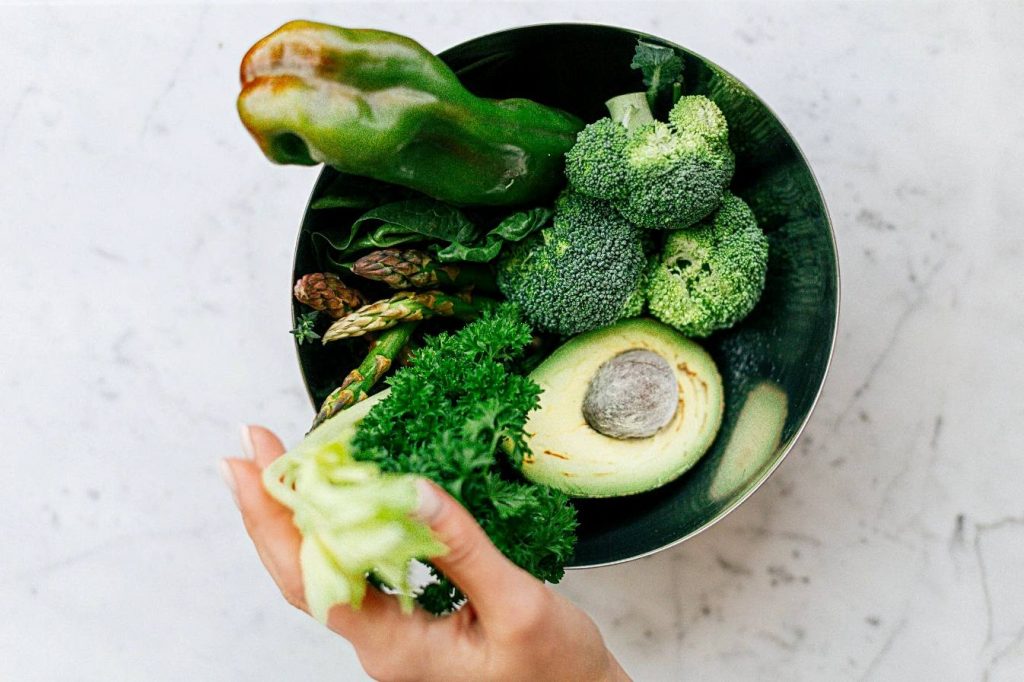
If a food has never been cooked over 104–118°F (40–48°C), it is regarded as raw food. Additionally, it shouldn’t be refined, pasteurized, pesticide-treated, or go through any other kind of processing.
After oral surgery, it could be too challenging to consume raw fruits and vegetables. Hard meals can hurt to bite down on and are difficult to chew, which can result in more serious tooth issues.
It is advised to stay away from any raw fruits and vegetables, especially anything that requires biting and chewing, such as apples or peaches.
You should limit your diet to soft meals and drinks for at least 24 hours following your tooth extraction. When you are ready, you can gradually return to a more typical diet. Attempt to limit your diet to simple foods for a few days.
After a few days, please use sufficient caution when eating raw veggies to maintain the general strength and health of your extracted teeth.
-
Popcorn

Popcorn is a type of maize kernel that puffs up and expands when heated; the word also applies to the meal that results from the expansion.
The tough hull of a popcorn kernel houses the hard, starchy endosperm of the seed, which has between 14 and 20 percent moisture and turns to steam when heated.
Please avoid crunchy food, such as popcorn, as it can easily become trapped in your extraction sites and be difficult to chew. In addition, you can prevent discomfort and stinging by avoiding acidic meals and drinks.
After teeth extraction, please take plenty of fluids and wholesome soft meals. Once you feel comfortable, you can resume your usual diet; however, for the next two weeks, please stay away from chips, seeds, and popcorn. And after 24 hours, it’s necessary to get back to your regular dental regimen.
-
Nuts
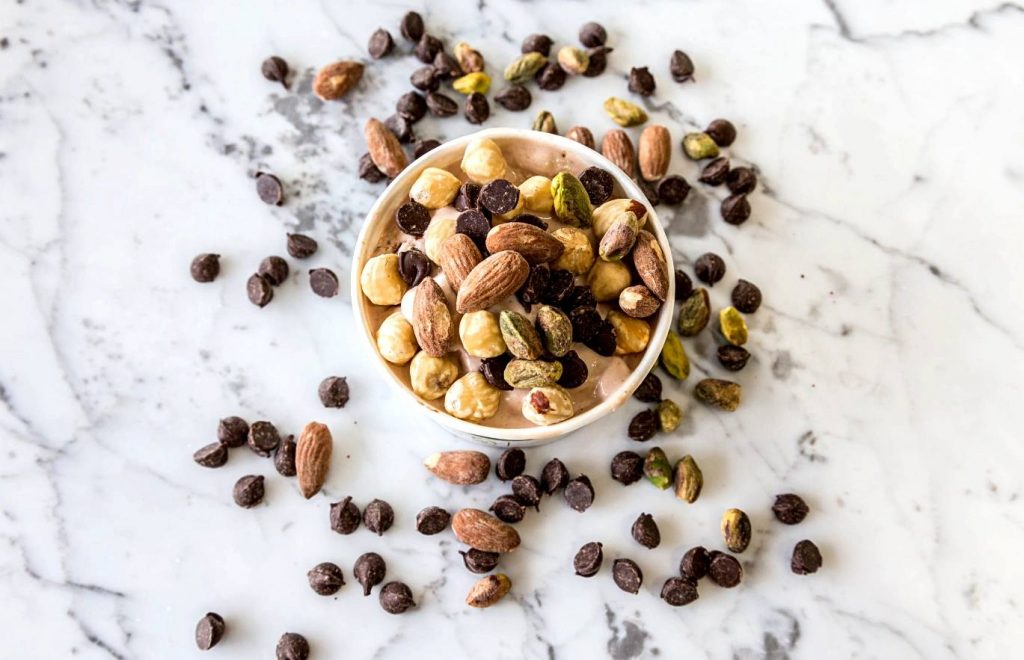
A nut is a fruit made up of a typically edible kernel that is protected by a hard or tough nutshell.
Numerous dry seeds are referred to as nuts in common language and in the culinary sense, but in a botanical sense, the term “nut” indicates that the seed’s shell does not open to release the seed.
Nuts can also become trapped in the extraction site and impede the healing process. To aid in the healing process, avoid nuts and other crunchy foods.
It’s advisable to refrain from consuming foods that are hard, crunchy, chewy, or brittle for approximately a week, such as chips, almonds, and popcorn.
Additionally, it could be challenging for you to correctly chew thick meat slices. Why not try obtaining your protein from dairy products.
Another Reading Suggestion
Frequently Asked Questions

How Soon Can I Consume Solid Food After Having A Tooth Pulled?
For around two weeks after the surgery, refrain from chewing on the extraction site to prevent disrupting and delaying the healing process.
After three days, you can start eating your regular meals again, but until your gums and jawbone are completely healed, stay away from extremely hot, spicy, acidic, sticky, and crunchy foods.
A patient should avoid reintroducing solid meals to their diet if there is significant pain three days following the procedure. Most patients are able to resume their regular schedule and diet within the first seven days of having their wisdom teeth removed.
Hard or sharp solid meals can cut the healing area or possibly dislodge the blood clot, which can cause a dry socket. After having your wisdom teeth removed, eating soft foods will help you heal more quickly and have less discomfort.
After Having A Tooth Extracted, Can I Eat Pasta?
An unleavened dough of wheat flour, water, and/or eggs is commonly used to make pasta. The dough is then molded into sheets or various forms and baked by boiling or baking.
Pasta is a fantastic post-surgery recovery meal option. but after the dental, no pasta crunchy. For convenience, cook the pasta until it is soft and somewhat mushy. For many different kinds of blended sauces, pasta makes a fantastic basis.
Eat soft, easily chewed foods on day 4 following surgery. Examples include macaroni and cheese, cooked noodles, soft-boiled, scrambled, or poached eggs, and soft sandwiches. Steer clear of meals like pizza, rice, popcorn, and hamburgers that are rough or crunchy. Avoid meals that are hot or acidic.
After Having Tooth Extraction, Can I Eat Bread?
After tooth removal, bread can be difficult to chew, and it’s normally advised that you stay away from any meals that can stick to the surgical site. Breads and crackers are renowned for becoming caught in the mouth and on teeth, which can be problematic after oral surgery.
However, soft bread and grains, such as white bread, wheat bread, flatbread, and flour tortillas, are well-tolerated following surgery.
Additionally acceptable meals are grains including oatmeal, cream of wheat, rice, pasta, and saltines. However, it should be consumed a few days after a tooth extraction.
As you feel better, you may want to try eating more solid meals. During the first 24 to 48 hours, consume only liquids and soft foods such as yogurt, apple sauce, and ice cream. Cold foods may ease some of the discomfort. On the third day following surgery, try eating dishes like eggs, bread, or oatmeal.
After Having A Tooth Extracted, Can I Eat A Chicken Sandwich?
For at least a few days, stay away from tough meats like beef, hog, and poultry. Eat flaky fish or tofu instead. A patient can also prepare a vegetable soup using their preferred vegetables and seasonings.
Avoid eating sandwiches, chips, and orange juice after having your wisdom teeth removed, getting dental implants, having orthognathic surgery, etc. Too much chewing may lead to bleeding or even infection in the delicate parts of your mouth.
After having a tooth extracted, it’s vital to take proper care of your gums to prevent further inflammation. Typically, we advise patients to stay away from items that are hard or crunchy, such as nuts, chips, bread, etc.
Final Thoughts
Foods should be soft and easier to chew following surgery. They should also be high in vitamins, minerals, energy, and protein in order to aid in wound healing.
Please go shopping before the oral surgery or send a shopping list to someone else to shop for you. After any dental surgery, everyone simply wants to relax. Why not save yourself from stress.
Chewing near the extraction site should be avoided for about two weeks after the surgery to avoid disrupting and delaying the healing process.
While you can resume your normal diet after three days, avoid highly hot, spicy, acidic, sticky, and crunchy foods until your gums and jawbone have healed completely.
If this article was really helpful to you, why not tell us in the comment section below and share this article with your friends. Thanks.


